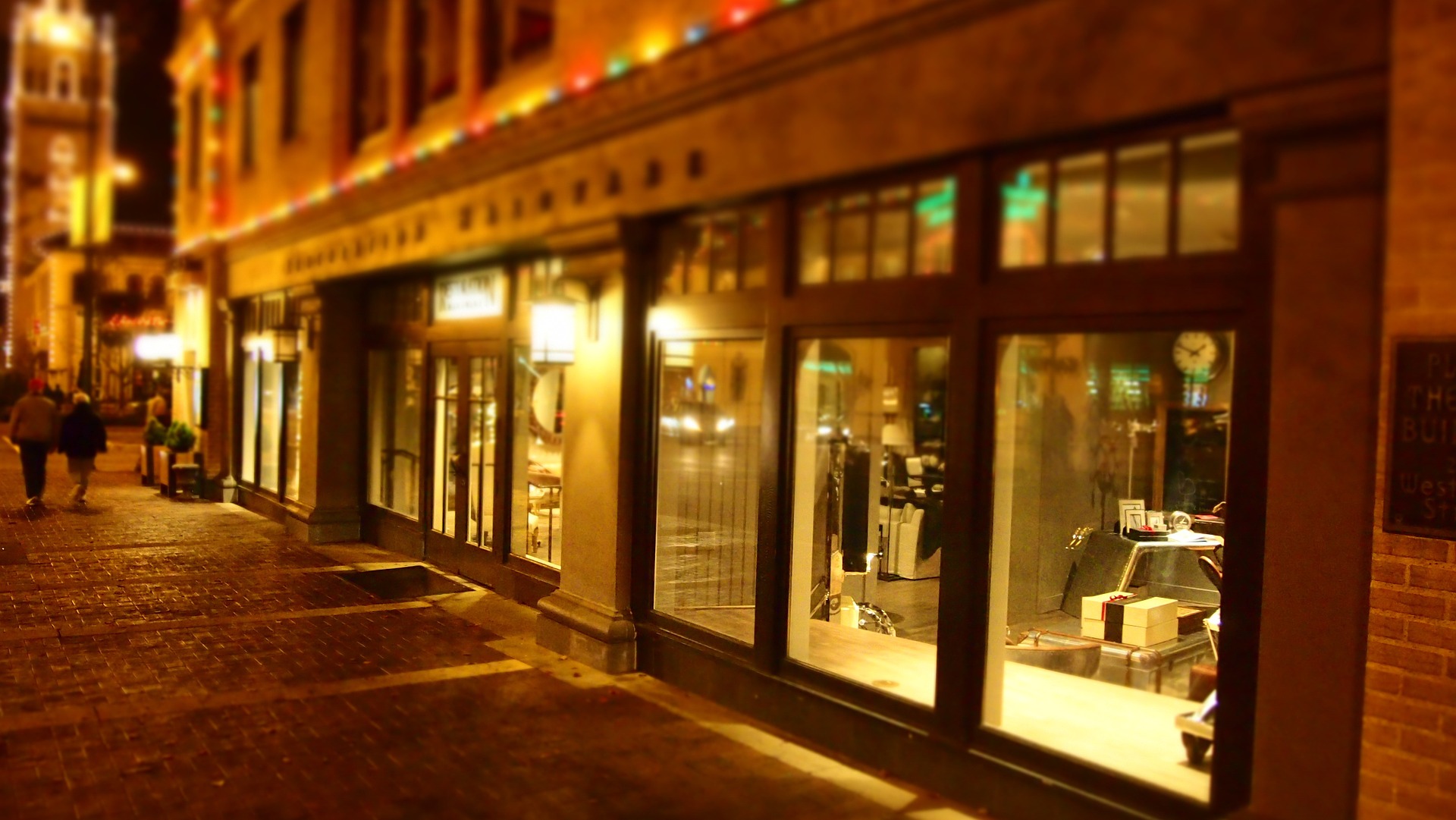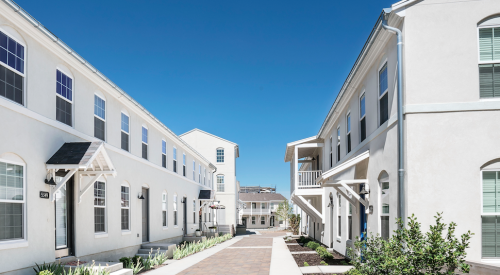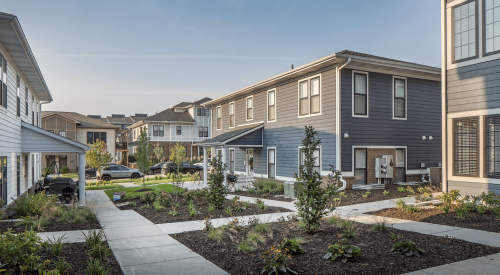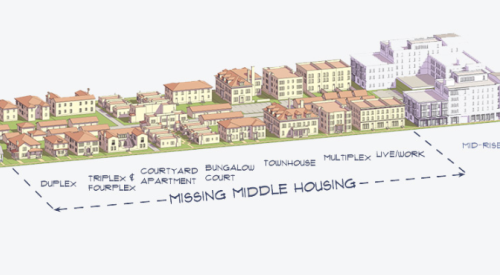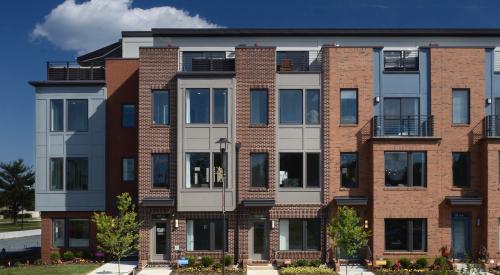This month we address aging in place via the slow transformation taking place in universal design, some three decades after the term was coined. “Universal Truths” takes stock of where the home building industry currently stands with UD. You’ll read about builders that are taking the word “universal” seriously, incorporating accessible features into projects that target multiple buyer segments. As you’ll see, product manufacturers are stepping up to meet that need.
More than ever, evidence confirms that most of us want to stay put as we grow old. Results from the 2017 Aging in Cities Study—a poll of some 3,000 adults in Boston, Chicago, Houston, Los Angeles, Miami, New York, San Francisco, Seattle, Toronto, and Washington, D.C.—revealed what’s most important to North American adults as they grow older.
Attachment to community is a recurring theme. Parks, libraries, community centers, public transit, intergenerational activities, and excellent internet service figure large in quality of life, as do remaining involved, engaged, and able to get around. Some 84 percent of survey participants ranked living amidst a diverse population as a top concern, including people from across the age and life stage span. Especially relevant, and maybe most important: Some 80 percent of those surveyed intend to keep making new friends when they reach 80 and beyond. Nearly two-thirds hope for romantic involvement in their later years.
Granted, not all of us are urban dwellers living in large, dense North American cities. Authentic and vibrant placemaking can occur anywhere, but it can’t happen without people. In “Finding Your Middle Ground,” architect Daniel Parolek argues that creating a sense of place can start with something as small-scale and realistic as a food truck. This month, Parolek presents home building solutions that leverage what have come to be known as “missing middle” housing types: duplexes, fourplexes, mansion apartments, and bungalow courts that address the growing demand for community; that allow for aging in place; and that represent an attainable way for first-time buyers to own a new home in a time of land scarcity and skyrocketing prices.
If Boomers, the generation that created youth culture, are redefining age, they’re also pushing back against the isolation that has too long characterized getting old in America. Efforts needn’t and shouldn’t be limited to one cohort; we all must join in. Taking universal design to its logical next step and embracing housing options that foster community and relatedness, such as missing-middle housing, are essential strategies.
